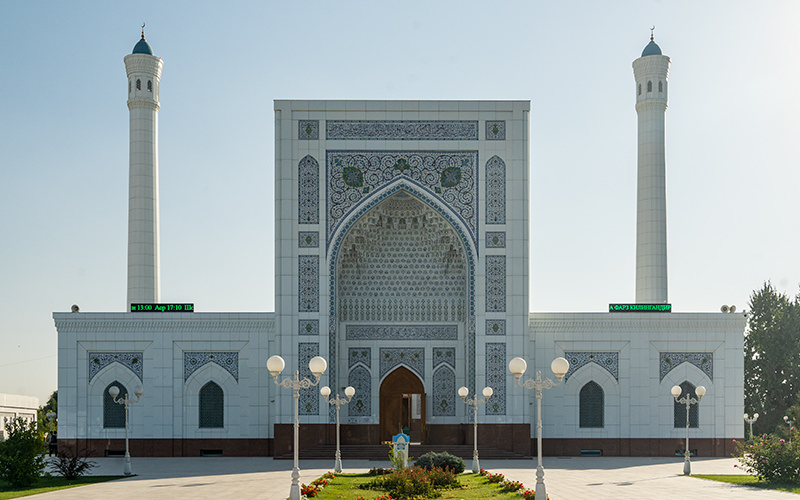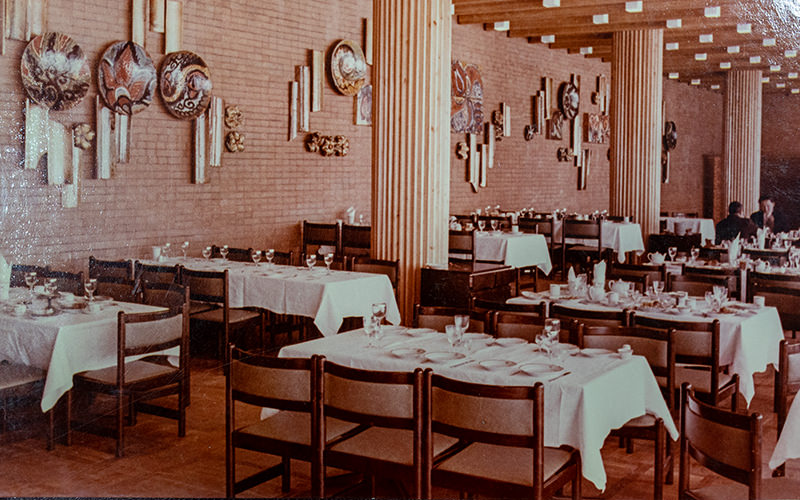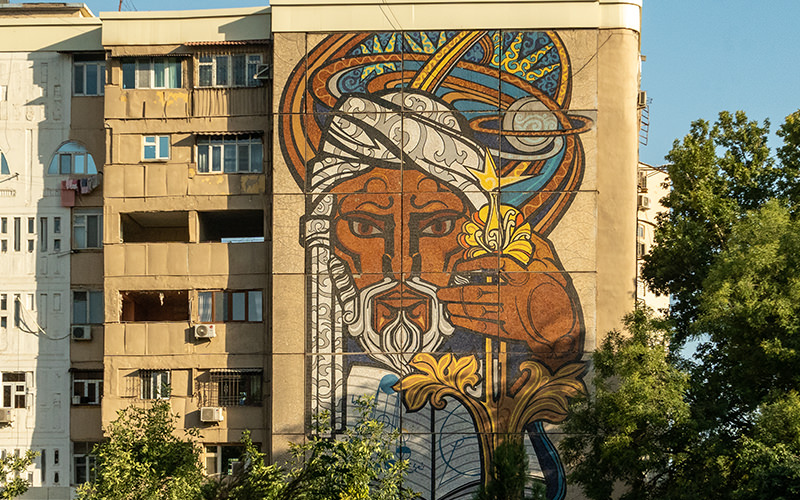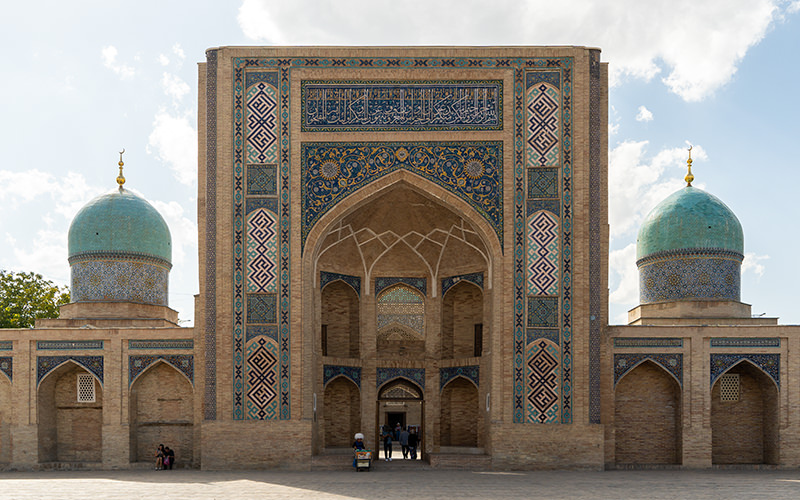In the central part of the Uzbek capital, Tashkent, lies a fascinating architectural monument with an unusual name – the Kukeldash Madrasah. In my opinion, this is one of the first places a tourist interested in Eastern architecture should visit. Today, let's take a stroll through this ancient complex to learn about its centuries-old history.
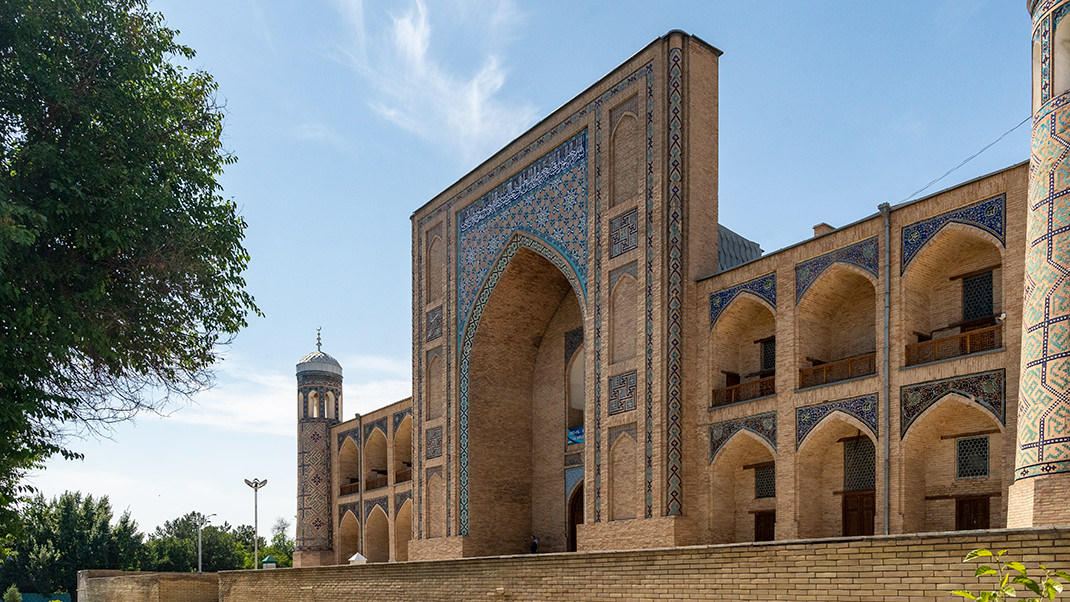
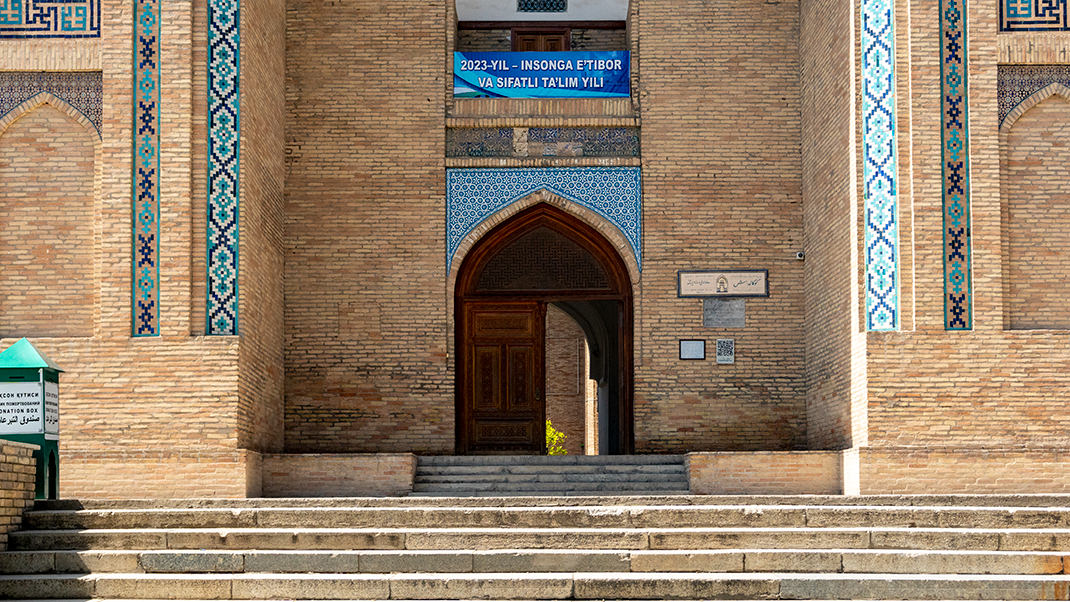
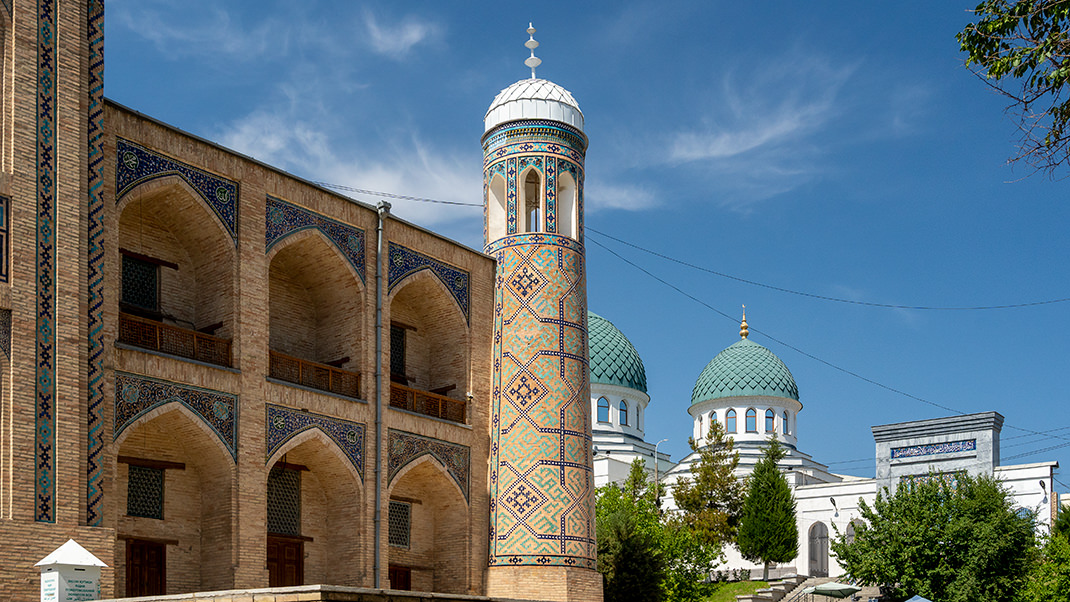
How to Get There by Metro
The closest metro station to the madrasah is Chorsu, the "blue" line of the Tashkent metro. The walk from the metro exit will take no more than five minutes, passing between rows of clothing, jewelry, food, and many other goods. This proximity is due to the famous Chorsu bazaar located here.
Entrance to the Kukeldash Madrasah is subject to a fee. In June 2023, the ticket cost was approximately 10,000 Uzbekistani som. Payment for admission is in cash only.
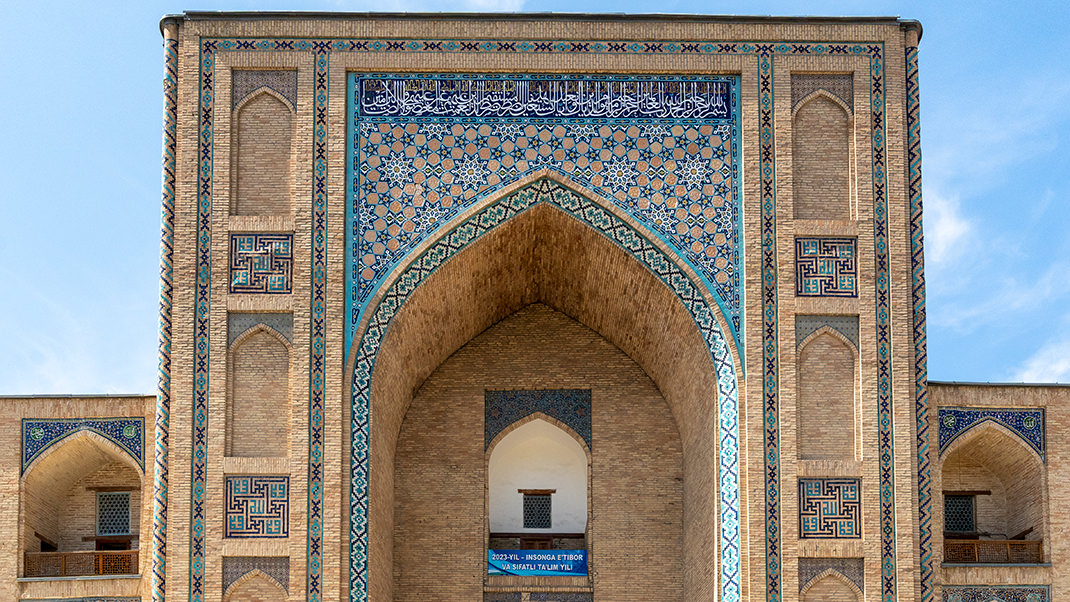
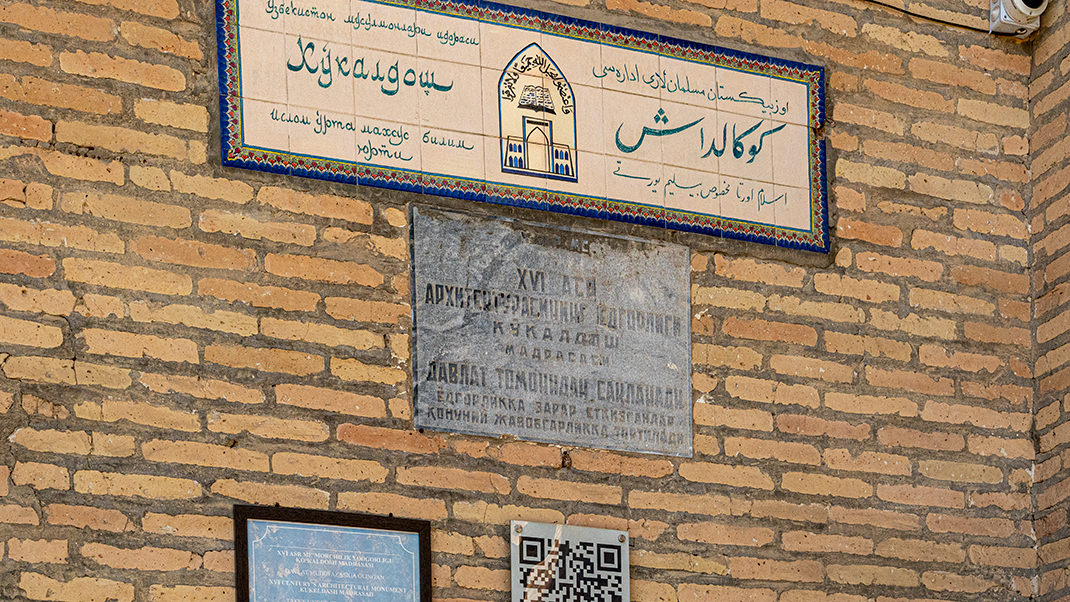
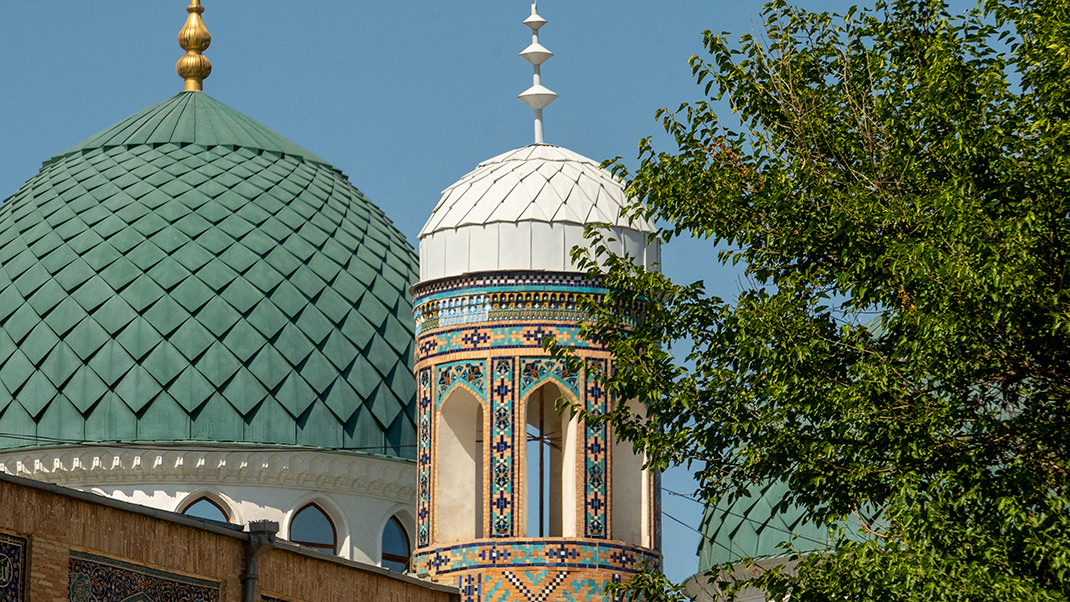
A Bit of History
The term "madrasah" refers to a middle and higher Muslim school that prepares worshipers, teachers, and even government officials. As for the name Kukeldash, during my research, I encountered a version that it originated from the nickname of the construction supervisor of the complex, Kukeldash. However, according to the information stand on the madrasah's territory, the building got its name from a man named Kulbaba – he was the brother of the ruler Abdullahhan II, in whose honor the construction was undertaken.
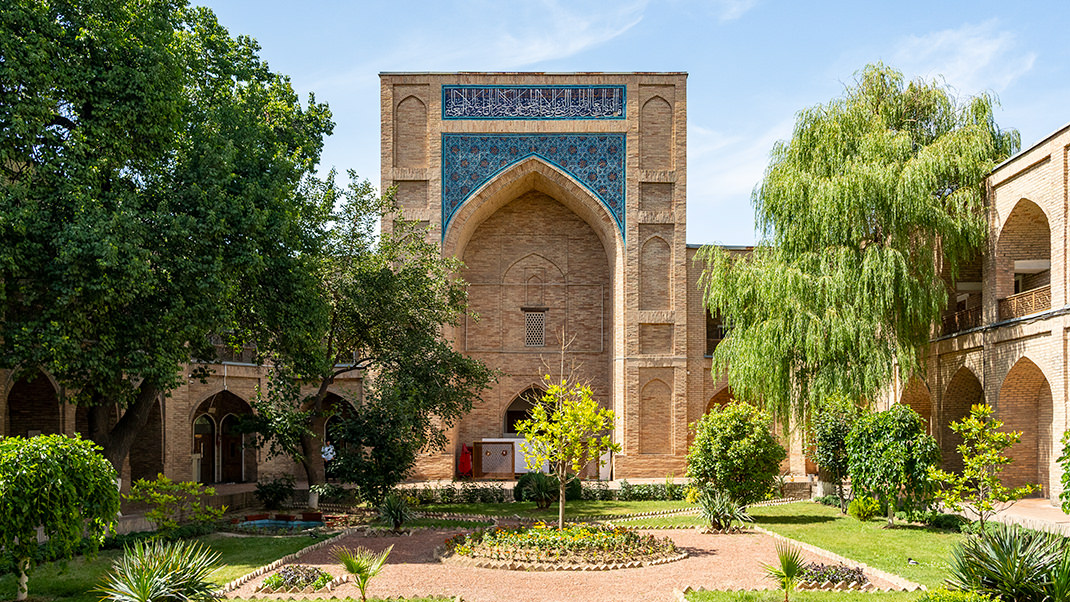
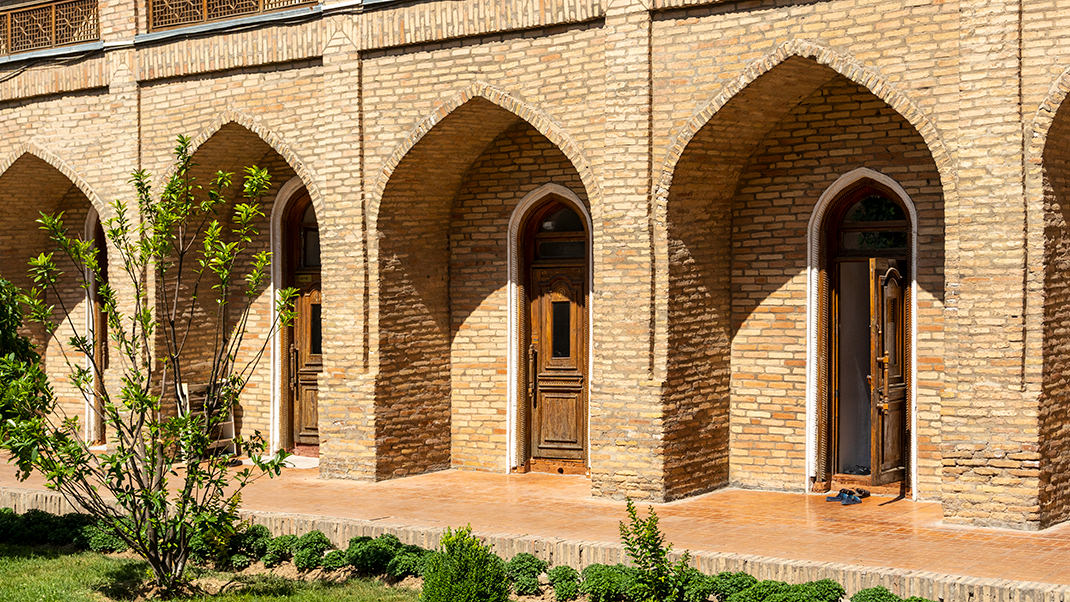
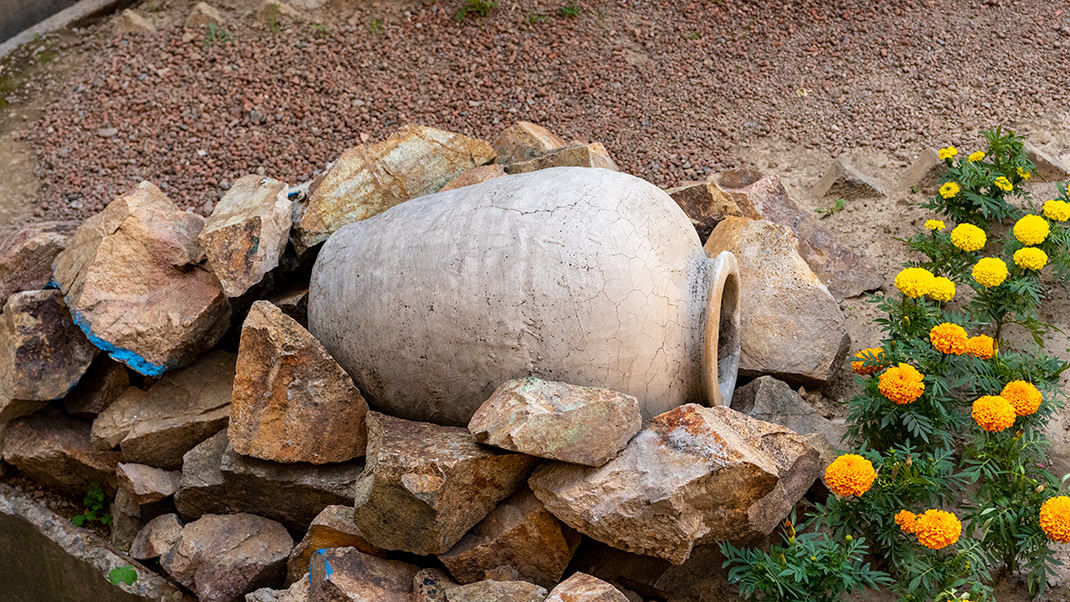
The construction of the Kukeldash Madrasah took place in the 16th century. A couple of centuries later, the building lost its original function, transforming into a caravanserai: caravans with goods and merchants could stop here after a long journey.
Over time, the building gradually deteriorated, aided by several earthquakes over its long life. By the end of the 19th century, the complex had practically turned into ruins, and even the majestic portal, the hallmark of the madrasah, had collapsed. The reconstruction of the building began in the late 19th century, though the second floor was restored much later.
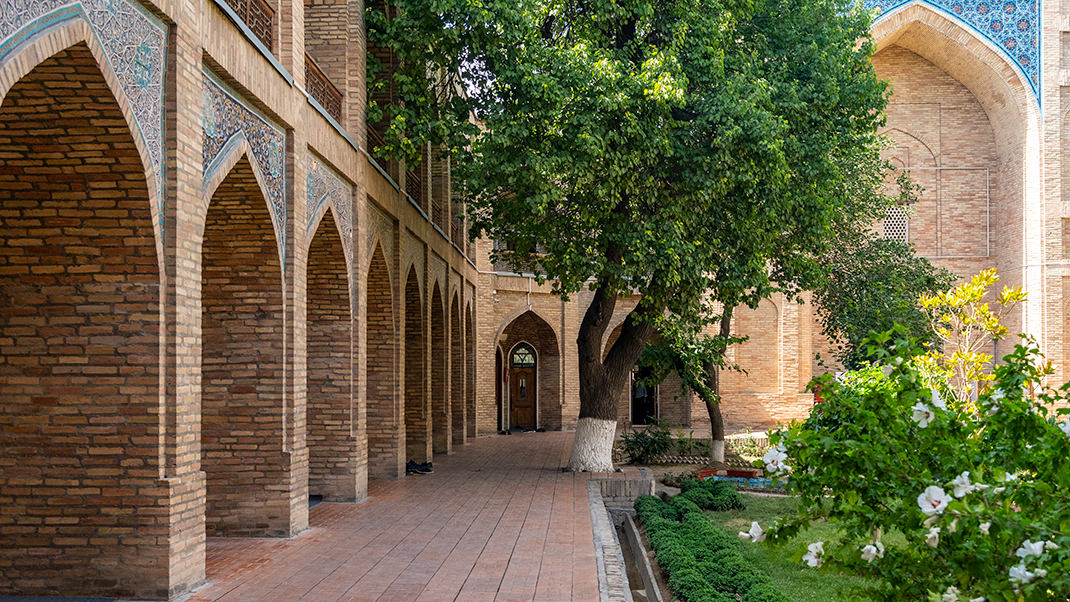
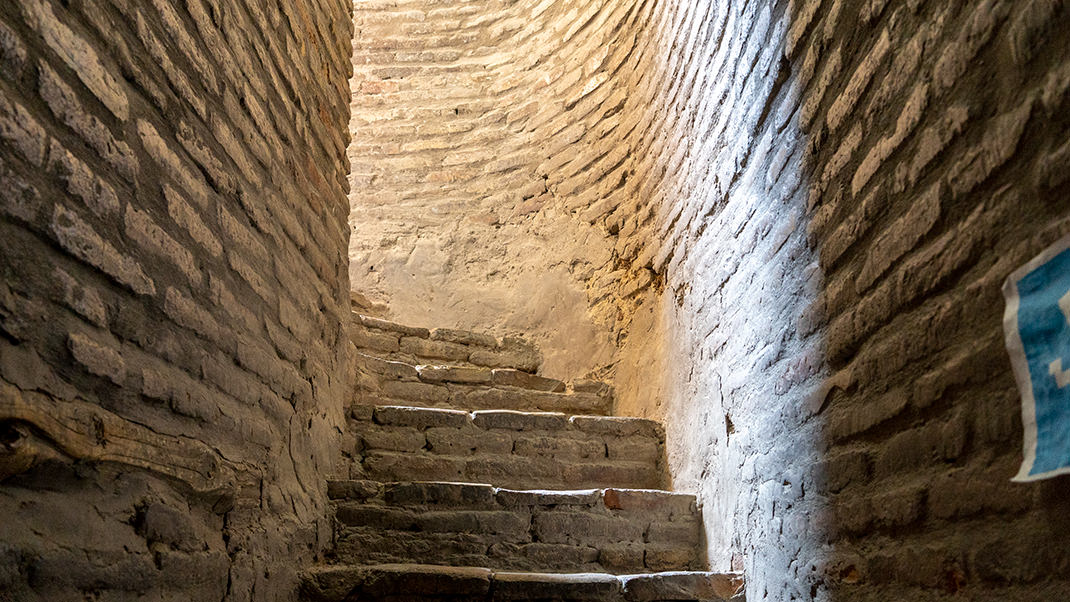
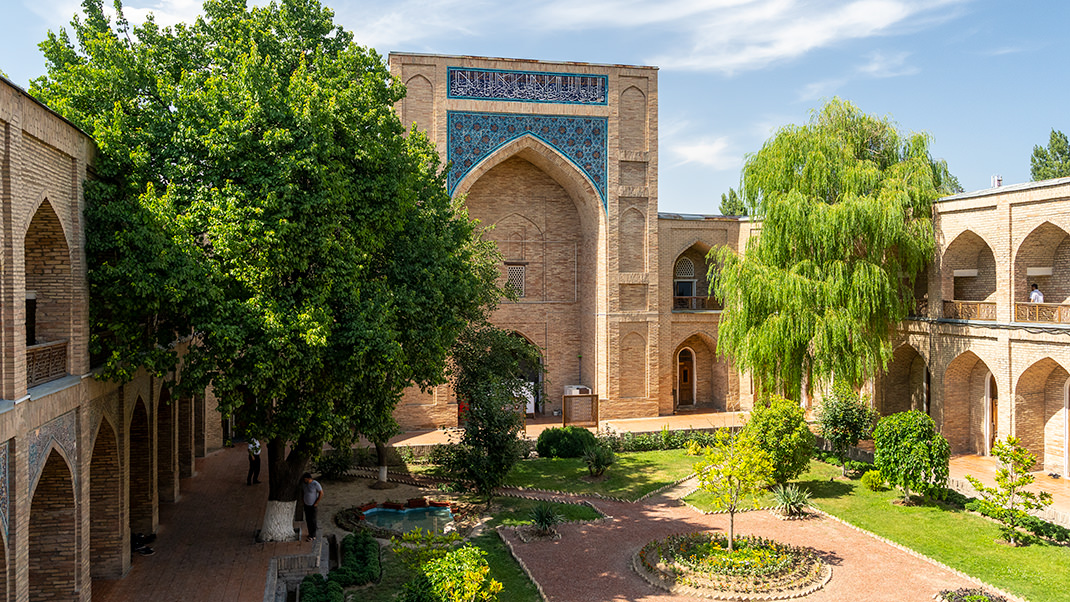
During the Soviet era, the premises housed warehouses, workshops, and even a dormitory. Twenty-four years ago, the building was once again transformed into an Islamic educational institution.
One of the books about Tashkent presented a couple of stories related to the Kukeldash Madrasah. For example, there is a gruesome legend that the complex was once used as a place for the execution of women who committed adultery.
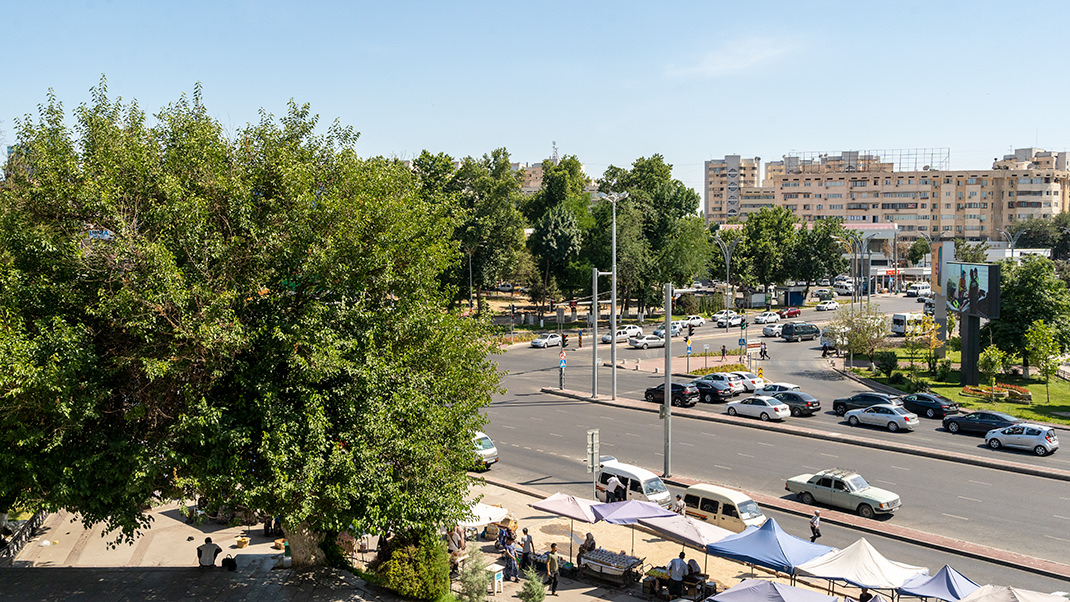
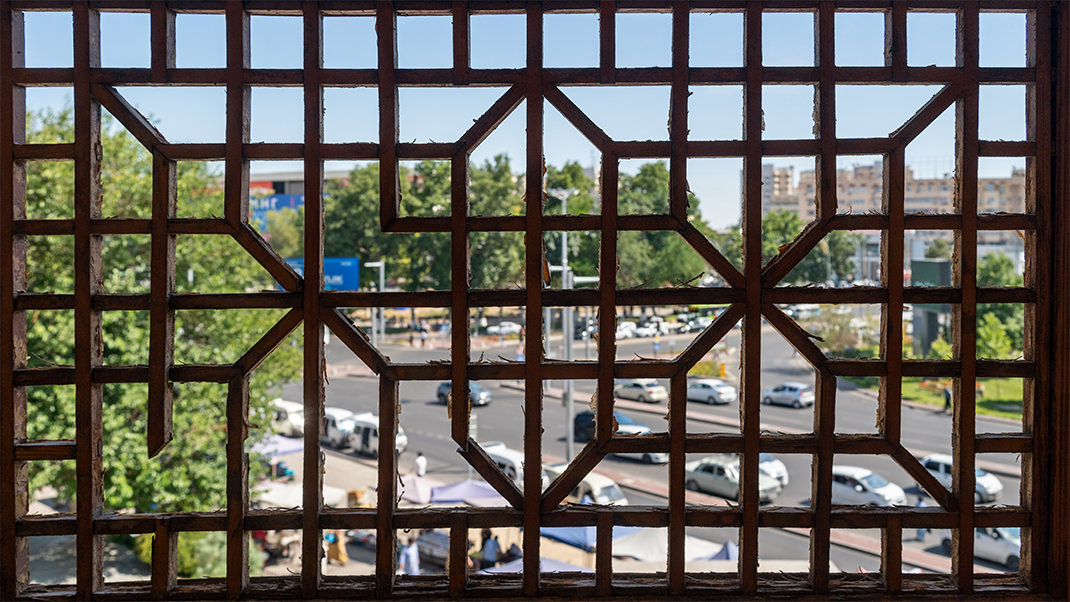
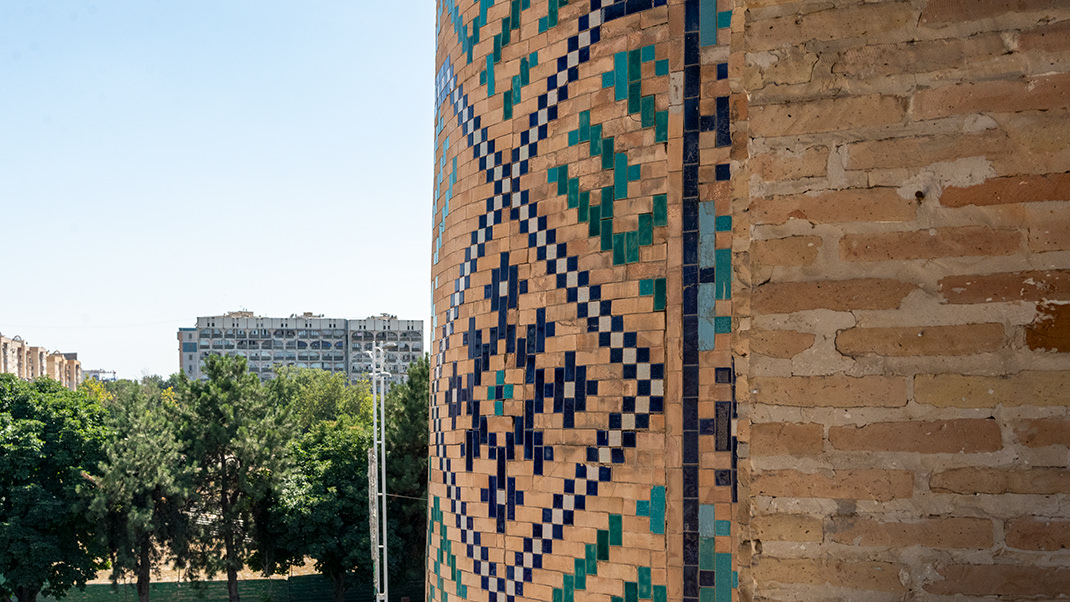
The dimensions of the complex are 63 by 45 meters. Initially, it housed a mosque, classrooms, and 38 cells for living.
During my visit, only a small part of the complex was accessible, as classes were in session. Visitors to the museum space can glimpse the interior of the building and climb to the second floor, where several balconies overlook both the courtyard and the city.



Concluding this narrative, I invite you to transport yourself to the Turkish city of Istanbul to explore the Hagia Sophia – this renowned complex is considered one of the brightest examples of ancient world architecture.
Have a nice trip!


